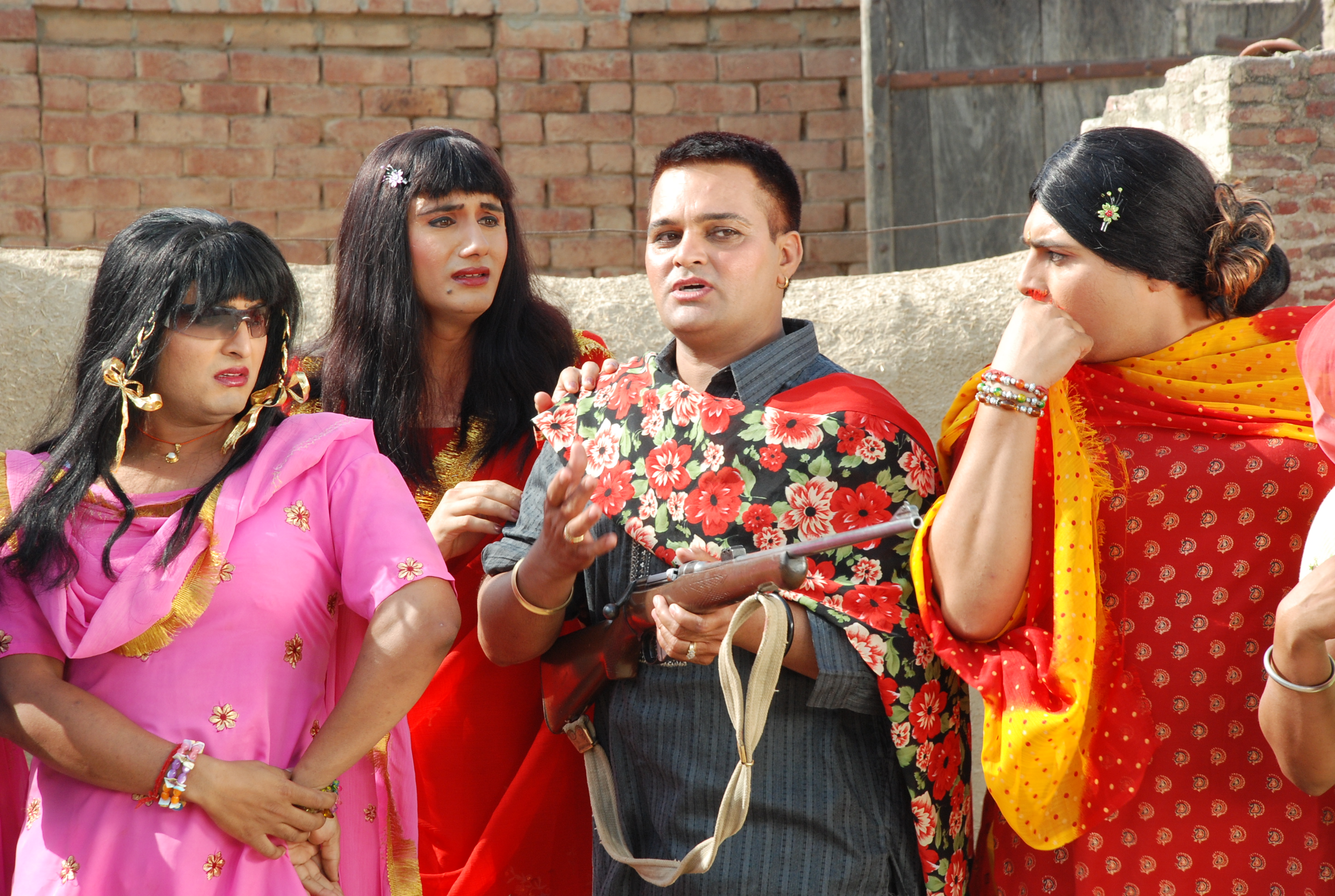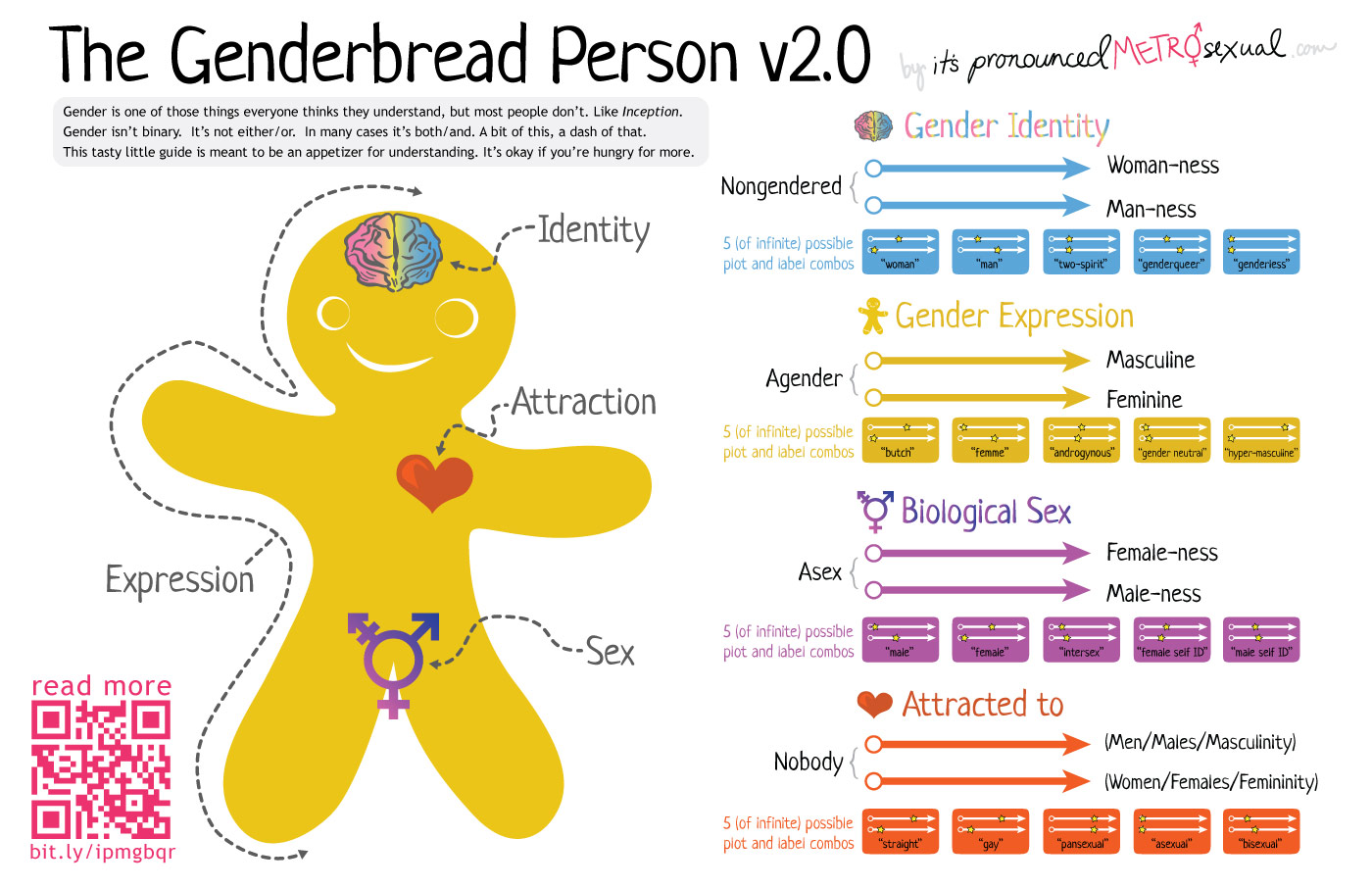I was listening to this remix version of a Punjabi folk song – Laal Churra. It describes a newly-wed bride, all decked up in lovely clothes and jewellery, waiting for her husband to come home.. But this remix version is sung by a male voice and still sounds good. It set me wondering – what if there actually is a man, decked up in a woman’s clothes and ornaments, singing this song, in his masculine voice, as he waits for his boyfriend? I’m sure he behaves in a masculine manner and is comfortable with his male gender, body and virility, but still likes to cross-dress occasionally. He’s fond of skirts, bangles, glitter, nail polish and makeup. Technically he is “physically-male, cisgendered, cross-dressing, homo-romantic, homosexual”.
In the meanwhile, PR is full of warnings like – “girlish stay away” or “no cross-dresser, no feminine”. WHY? Why are we so rude? No one is forcing us to make out with them. All we have to do is talk politely. As a matter of fact, the feminine guys that I have talked to on PR are always much more decent and meaningful than the straight-acting ones.
We are all different from each other. We are of varied natures, genders, sexes and sexualities. We are all strange and queer and quirky from each others point of view. Then why the prejudice? Why the lack of respect for each other?
One reason could be that we assume many things in our head and become judgmental. We assume cross-dressers are hijras. Wrong! We assume hijras are somewhat dangerous. Wrong! We assume that lesbians are all manly/masculine. Wrong! We assume a bisexual guy won’t be faithful to his boyfriend because he also likes. Wrong! We fill our heads with these assumptions and then we live our lives in fear. The fear that other queers are somehow ‘queerer’ than us.
The solution? It’s simple.
- Stop assuming things about other queer people.
- When you encounter someone/something new, don’t judge them, don’t be frightened, don’t be rude.
- Be curious, ask questions (respectfully) and understand their story.
- Don’t judge based on one individual, use Google search to know more.
Soon, you will realise that people are harmless and friendly. And their lives are more complicated than yours. You’ll learn about gender-fluidity, pansexuality, asexuality, kothis, hijras, FTM and MTF trans, intersex people, polyamory, BDSM – the variations are endless ! The gender-bread diagram is a good starting point to understand the wide spectrum along which queer individuals can label themselves.
Perhaps the six-band rainbow flag that represents the diversity of queer people, will be more accurate if it covered more mixed shades and hues in between those six bands, like this.



